Table of Contents:
- Introduction
- What is POTS?
- Best Hydrating Foods for POTS Patients
- Combining Hydrating Foods for Maximum Benefit
- Stay Hydrated for Better POTS Management
Postural Orthostatic Tachycardia Syndrome (POTS) is a condition that affects blood flow, causing symptoms like dizziness and a rapid heartbeat when standing up. 90% of the adults diagnosed with POTS are female. One way to manage POTS is by staying hydrated, as proper hydration helps maintain stable blood volume. In this blog, we’ll explore the best diet for patients with POTS syndrome and how they can help manage symptoms.
Master ACLS Now
Get ACLS certified with confidence
What is POTS?
POTS is a condition that affects how blood circulates when a person stands up. Under normal conditions, the body adjusts to ensure blood flows to the brain and organs. However, in people with POTS, this process doesn’t function properly. Their heart rate rapidly increases upon standing, leading to symptoms like dizziness, fainting, and a fast heartbeat. The exact cause of POTS isn’t fully understood, but it may be linked to factors such as:
Nervous system issues like how the body controls blood flow and heart rate can lead to POTS. People with low blood volume, lupus, or celiac disease may also have POTS. In some cases, POTS develops after a severe illness, injury, or surgery. Genetics may play a role, too, as POTS sometimes runs in families.
While POTS can be challenging to manage, treatment can help reduce symptoms, allowing people to lead more normal lives.
Best Hydrating Foods for POTS Patients
Before diving into the best hydrating foods, it’s helpful to understand the role of electrolytes in hydration. Electrolytes, such as sodium, potassium, and magnesium, play a role in hydration. They help the body retain fluids and maintain nerve and muscle function. People with POTS often need more sodium to help increase blood volume, making foods rich in these electrolytes.
Here’s a list of the best hydrating foods to support hydration and electrolyte balance for people with POTS:
Cucumbers
Cucumbers are one of the most hydrating foods, consisting of about 95% water. They are light, refreshing, and can easily be added to salads or sandwiches. Additionally, cucumbers contain small amounts of electrolytes like potassium and magnesium, which help balance your body’s hydration levels.
For people with POTS who may feel tired or bloated after meals, cucumbers offer a substantial water boost without being heavy on the stomach.
Watermelon
Watermelon is another excellent choice for hydration. It contains about 92% water and is rich in potassium and magnesium, two electrolytes that help restore fluid balance in the body.
Watermelon’s sweetness and ease of digestion make it an ideal snack for staying hydrated and preventing dehydration.
Celery
Celery may not be the first vegetable that comes to mind for hydration, but it’s made up of about 95% water. It’s also a good source of sodium, which is especially important for people with POTS, who often need to increase their salt intake to manage symptoms.
Whether eaten raw or added to soups, celery can help maintain blood pressure and increase blood volume, both of which are needed to manage POTS.
Coconut Water
Coconut water is a natural, hydrating drink packed with electrolytes like potassium, magnesium, and sodium. Unlike sports drinks, it has fewer added sugars, making it a healthier option.
For people with POTS, coconut water helps replenish electrolytes and maintain proper hydration, preventing dizziness and fatigue.
Oranges
Oranges are not only high in vitamin C but also contain about 87% water. In addition to hydration, oranges provide potassium, which supports muscle function and helps regulate blood pressure.
Eating oranges or drinking fresh orange juice can offer a hydrating, refreshing boost, helping to manage common POTS symptoms like low energy and dizziness.
Strawberries
Strawberries contain about 91% water, making them a delicious way to stay hydrated. They are rich in vitamins and antioxidants, offering more than just hydration.
Strawberries are light, easy to eat, and full of nutrients like potassium, which aids in fluid retention and boosts energy. They are perfect for people who need quick, hydrating snacks without heavy meals.
Broth-Based Soups
Broth-based soups, such as chicken or vegetable broth, are excellent for hydration and provide a good dose of sodium. The salty broth helps retain fluids in the body, and the warm liquid can soothe the digestive system.
For people with POTS, the sodium in broth can increase blood volume and prevent low blood pressure, reducing dizziness and fatigue.
Lettuce
Lettuce, especially iceberg lettuce, has a water content of about 96%, making it one of the most hydrating vegetables. While not as nutrient-dense as other greens, its high water content makes it a great addition to meals for staying hydrated.
Lettuce is easy to digest, and its lightness helps prevent bloating, which is needed for people with POTS, who may feel sluggish after eating heavier foods.
Tomatoes
Tomatoes are rich in antioxidants and vitamins and contain about 94% water. Adding tomatoes to meals provides a refreshing boost of hydration while also supplying essential nutrients that support overall health.
Read More: Identifying and Treating Third-Degree AV Block (Complete Heart Block)
Types of POTS
POTS can be categorized into different types based on its causes and how it affects the body. Here are the main types of POTS:
Neuropathic POTS
Neuropathic POTS occurs when the nerves that control blood flow, especially in the lower parts of the body, like the legs, are damaged. These nerves normally help push blood back up to the heart when you stand. When they don’t work properly, blood pools in the legs, making it harder for the heart to pump enough blood to the brain.
Hyperadrenergic POTS
Hyperadrenergic POTS happens when the body produces too much adrenaline, a hormone that increases heart rate and blood pressure. When standing up, people with this type of POTS often feel their heart racing and may have high blood pressure. This form is sometimes linked to issues with the nervous system, where the body’s “fight or flight” response is overactive.
Hypovolemic POTS
Hypovolemic POTS is caused by low blood volume, meaning there isn’t enough blood in the body to circulate properly. When someone with this type of POTS stands up, there isn’t enough blood getting to the brain, which leads to dizziness and fainting.
Combining Hydrating Foods for Maximum Benefit
For patients with POTS, eating hydrating foods throughout the day can help maintain fluid levels and support overall health. You can combine several of these foods into meals or snacks to maximize hydration and nutrition. For example:
- Hydrating Salad: Combine cucumbers, lettuce, tomatoes, and a bit of celery for a refreshing salad that’s high in water and electrolytes. Add a little salt or a vinaigrette dressing to increase sodium.
- Fruit Bowl: Mix watermelon, strawberries, and oranges for a sweet, hydrating snack.
- Smoothie: Blend yogurt, strawberries, and coconut water for a hydrating smoothie packed with nutrients.
These combinations are easy to prepare and can provide sustained hydration throughout the day, helping manage POTS symptoms.
Stay Hydrated for Better POTS Management
A diet that is rich in both electrolytes and water is the best diet for patients with POTS syndrome. If you incorporate foods like cucumbers, watermelon, and broth-based soups into your diet, you can help maintain fluid levels and support overall blood flow. You should listen to your body, stay hydrated throughout the day, and avoid heavy meals that may worsen symptoms. If you or someone you know has POTS, you need to work with a healthcare provider or nutritionist to create a diet plan that supports hydration and overall health.
References:
- https://www.potsuk.org/managingpots/diet-and-fluids-2/
- https://www.healthline.com/health/pots-diet
- https://ucfhealth.com/our-services/cardiology/best-pots-diet/#:~:text=Water%20and%20herbal%20teas%20are,additions%20to%20a%20POTS%20diet.







